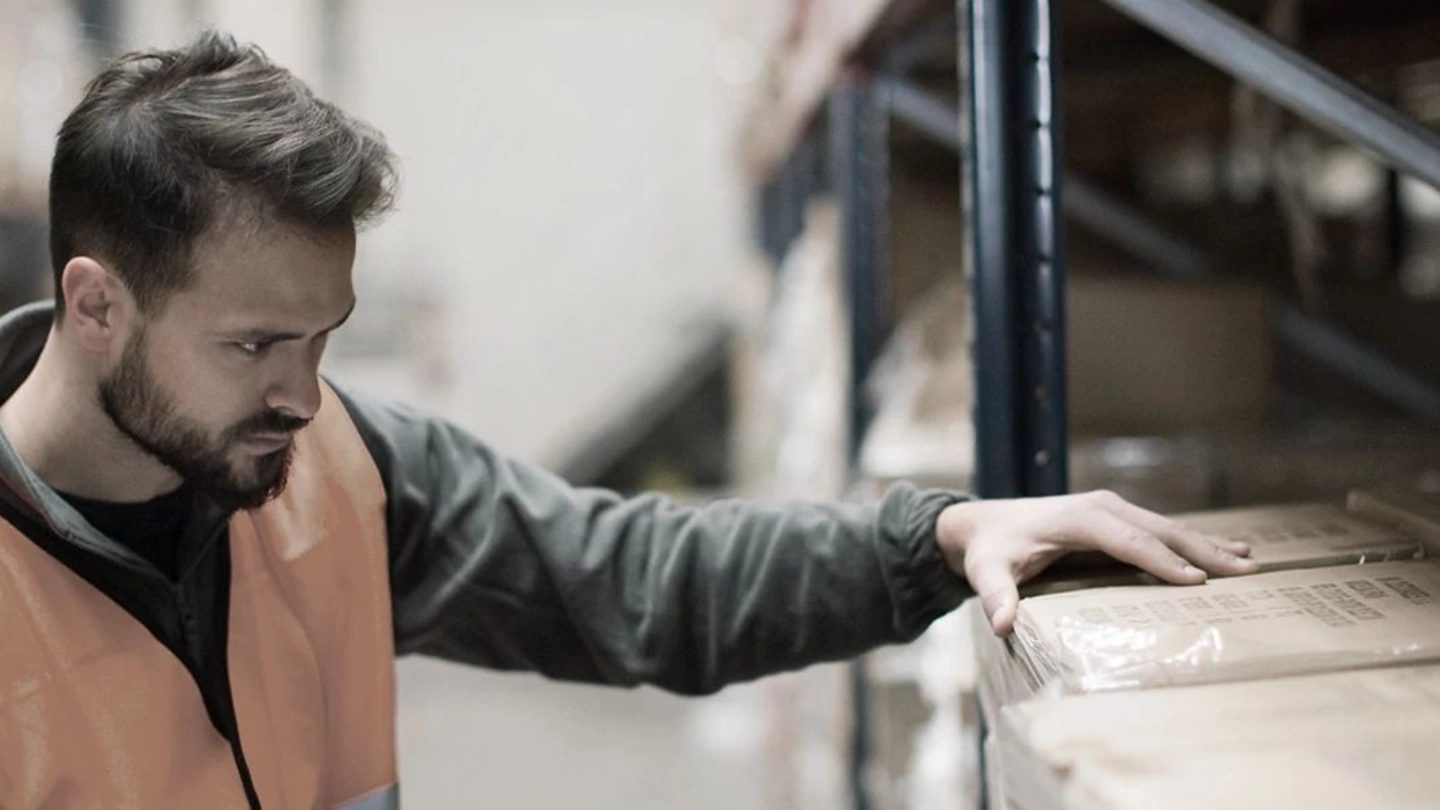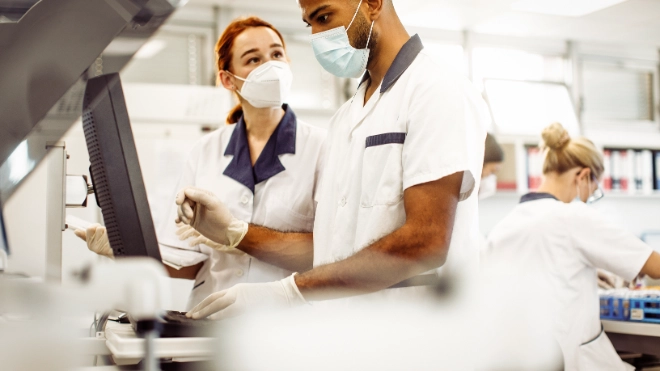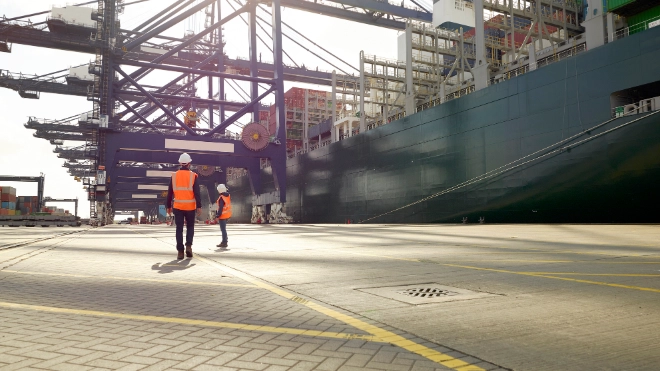
Five trends in paper and packaging Chris Wall, senior underwriter at Atradius and specialist in the paper and packaging sector, considers five trends that are shaping the sector.
1. Protecting margins as the price of paper falls From the summer of 2020 to the start of this year, paper almost doubled in price, amid commodity shortages and surging freight costs during the pandemic. At the same time, the pandemic drove a huge increase in the number of home deliveries - and with them, the amount of paper packaging needed.
High energy costs pushed the price of paper even higher. But since January this year, the price of paper has fallen, amid weaker demand and as wholesale energy prices have fallen from their summer 2022 peaks. But even as energy prices have come back from highs, a faltering economy teetering on the edge of recession, coupled with persistent inflation, places pressure on the sector. So, producers are holding on to those elevated prices for as long as possible in a falling market.
2. Buoyancy in e-commerce Throughout the ups and downs of recent years, one trend has persisted, and buoyed the sector: e-commerce. Of course, the COVID-19 pandemic had a huge impact on e-commerce, proving a significant driver for the paper and packaging sector.
Online shopping habits have become ingrained since then. How many of us see something we want in a brick-and-mortar shop, only to quickly check on our mobile to find the best price online?
So, e-commerce remains buoyant. However, online shopping is not immune from the cost-of-living crisis, with signs that volume is slowing.
3. Greater use of bags Demand for simple brown boxes isn’t going to go away – at least not until an innovation provides a better way to transport and protect what’s inside. But we as consumers are becoming more aware of our choices and their impact on the environment. This - alongside the search for cost savings - is driving a shift towards the use of smaller, more lightweight packaging. And, increasingly, boxes are being replaced by bags as the packaging of choice.
Although these bags are made of plastic, it is recyclable, and their size and lightness mean savings on transport, with the environmental benefits that entails. The bags don’t need to be high-quality and are often just black. Also, if you need to return your order, you can often do so in a bag.
Then, once the retailer receives that bag back, they put it back into the system for recycling again. So, there are lots of advantages to using bags, and this is reflected in their growing popularity as a means of transporting goods.
4. Making better use of boxes Of course, bags can’t always do the same job as boxes. Sometimes a standard box remains the best solution.
But, in the current market, companies will be doing all they can to find efficiencies and cut costs. That includes finding ways to use packaging more efficiently. Ikea does a great job at this - they really use all of the space inside a box. This enables to use the smallest-possible box for each product. Expect more companies to take an Ikea-style approach, finding new ways to make use of every corner of the box.
5. Food and medicines and pharma to stay resilient With the economy teetering on the verge of a recession, and cost of living struggles, there will be a continued impact on sectors such as fast fashion and FMCG.
We expect this to impact the packaging sector next year. However, demand will hold up in recession-proof categories. The first is food: we have to eat, and for that, we need packaging; gone are the days when your butcher was allowed to wrap your meat in a sheet of yesterday’s newspaper. In fact, the cost-of-living crisis is driving innovation in the sector: when times are tough for many consumers, as we tighten our belts, it drives demand for packaging that preserves our food for longer.
The other sector that will weather economic difficulties is medical and pharma. The pharmaceutical sector is generally resilient during economic downturns, as medicines are so essential. Medical packaging is impressively high-tech: today’s blister packs are designed to maintain the right level of atmospheric pressure to protect each tablet until it's consumed. So, whatever happens in the economy next year, we expect to see at least some bright spots in the packaging sector.





































